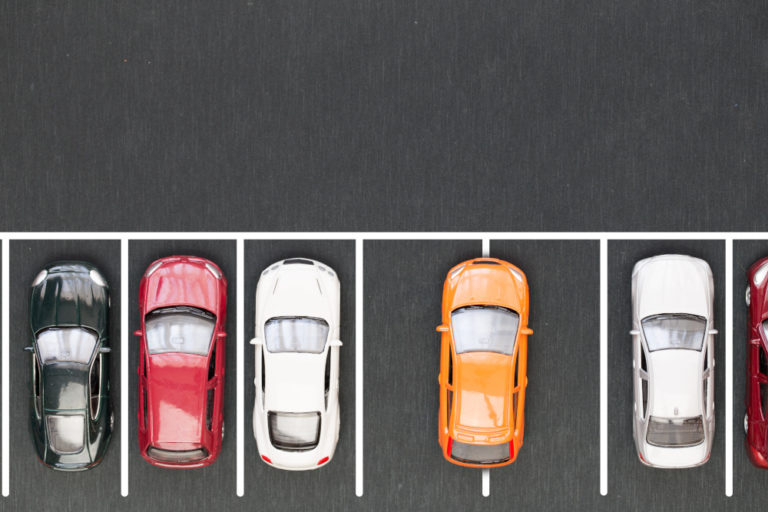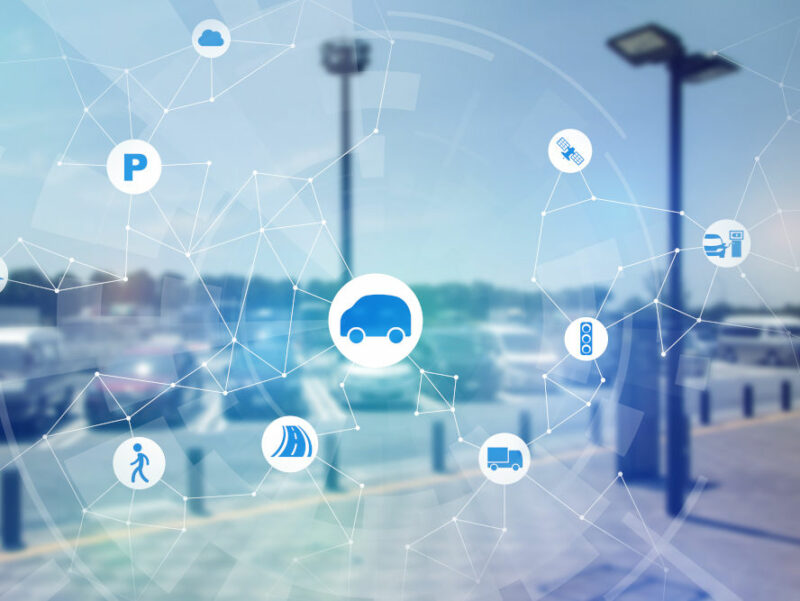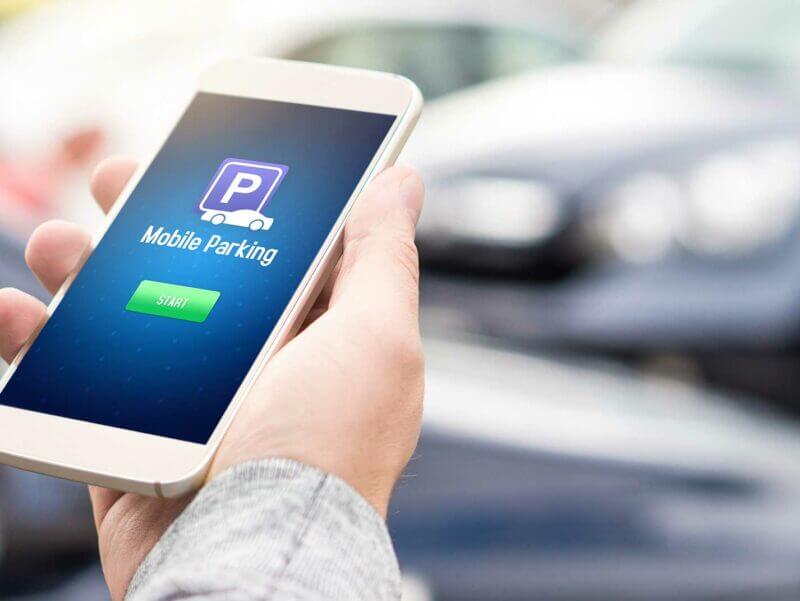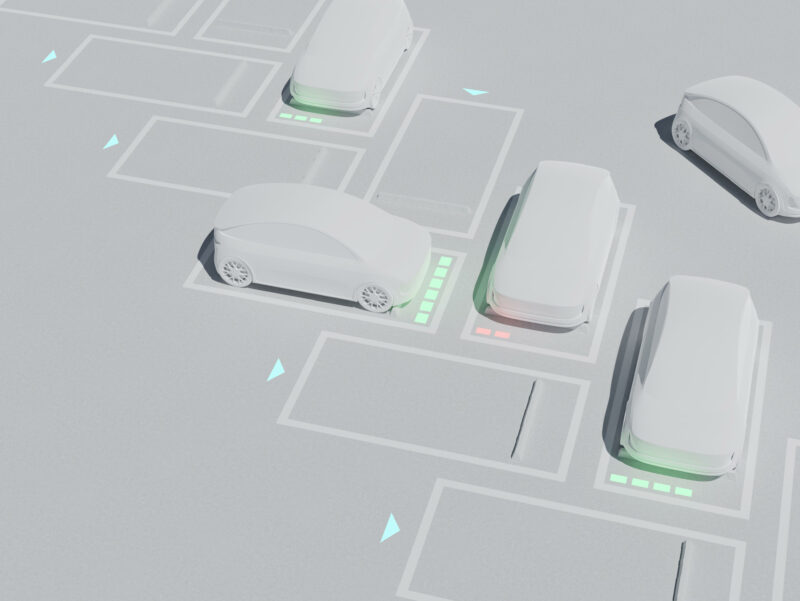How to get rid of parking offenders

Are your parking spaces being used by employees of neighboring companies? Or do long-term parkers who live in the area block the spaces? It's not just an inconvenience if parking offenders are standing in your parking spaces without authorization. In the worst case, it can even result in a noticeable loss of turnover because your customers look for more convenient options.
At the same time, countermeasures can quickly lead to disgruntled customers if, for example, they feel harassed by regular checks or are asked to pay for a forgotten parking disk.
Disgruntled customers and employees
Parking offenders can become a real problem for parking lot operators. Not only do they generate costs due to the administrative effort involved, but they can also lead to frustration and annoyance among customers and employees - for example, if a limited number of parking spaces are blocked by unauthorized parking vehicles.
A digital parking system architecture offers a convenient and efficient solution for parking space operators. With the help of ALPR systems, vehicles are recorded with their license plate number and the corresponding time when they enter and leave the area. In this way, it is possible to check in the cloud whether the vehicle is authorized to park. And how long each vehicle has been using the parking space.
Fair and flexible follow-up of infringements
Parkers who forget to pay are registered and kindly asked to pay their parking fees. Only if they refuse to pay will an increased parking fee be charged. Parking authorizations (e.g. for employees) can be issued and revoked individually and flexibly. The unique registration of each license plate automatically prevents physical parking authorizations from being transferred without authorization and used by several vehicles.
Employee case study:
Situation 1:
After implementing the new management system, an employee receives an invitation link to download the app, in which he then creates an account. When they enter the vehicle, their license plate number is recorded, the database detects an existing registration via the app and shows the driver the number of free parking spaces. At the end of the month, the respective daily amount is debited.
Situation 2:
The employee has overlooked creating an account or completing the registration and drives into the area covered by the ALPR system. A comparison with the database that takes place at the same time determines the outstanding deposit. The driver is then shown the missing authorization via the digital display on a desktop dashboard.
recorded area. At the same time, a comparison is made with the database to determine the outstanding deposit. The driver is then shown the missing authorization via the digital display on a desktop dashboard.
Situation 3:
Similar to situation 2, but the driver ignores the message and parks without authorization. License plate recognition initiates the tracking process and an increased usage fee is charged.
This case study illustrates the advantages of a digital parking system architecture in dealing with parking offenders. Unauthorized parking vehicles are clearly detected. The driver of the unauthorized parking vehicle is notified of the situation digitally and automatically and is thus given the opportunity to take care of the missed parking authorization. Only those who continue to park without authorization will be asked to pay.





